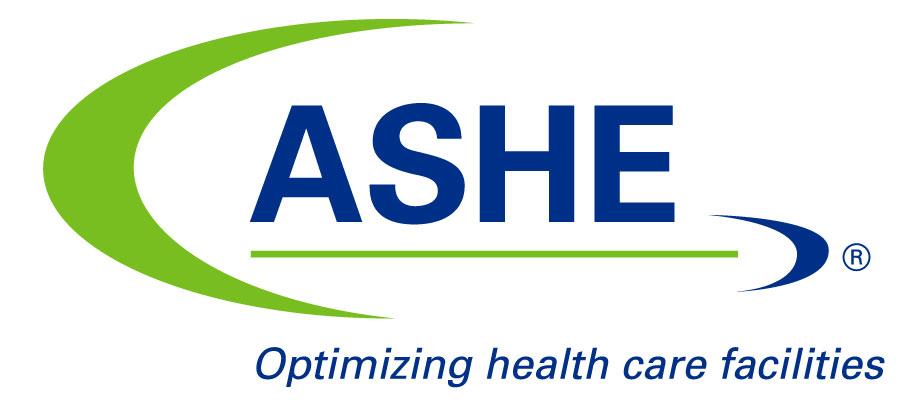ASHE Annual Conference Highlights the Vital Role of the Built Environment in Patient Care

The American Society for Health Care Engineering Annual Conference will be held Aug. 6-9 in San Antonio. This gathering allows professionals to connect, discuss new and emerging trends, and explore long-standing issues. Gordon Howie, regional director of facilities and construction services for the Mayo Clinic, and ASHE board president, underscores the crucial role that gatherings like the ASHE conference play in supporting professionals:
“The knowledge and connections I get during these ASHE conferences directly translate into improved efficiencies, cost-effectiveness, and overall quality of care within our hospital. Investing in attending the ASHE Annual Conference is an investment in the continuous improvement of our facilities, enabling us to provide the best possible environment for patients, visitors and staff.”
Former NFL player and American Ninja Warrior contestant Anthony Trucks will be this year’s keynote speaker.
The AHA works diligently with ASHE to promote, encourage and support the many professionals that ensure the built environment is safe, up-to-code, and comfortable for patients, their families, staff, care teams and stakeholders. The work of these professionals is a crucial part of health care and wellness.
High-quality patient care begins before patients arrive at a health care setting. The environment, including the facilities and surrounding areas, creates a safe and satisfying experience for those seeking medical assistance. Engineers, HVAC technicians, construction managers, administrators, architects and others are part and parcel of the overall health care landscape.
Their work is critical to maintaining a resilient and adaptive health care system and often includes pivotal operations. Many of these operations include heating and cooling systems, lighting, door operation and maintenance, high-traffic buildings and pathways design, window installation, elevators and more. These professionals collaborate to create environments that can withstand the elements, resist pathogens, encourage safe transit, and house critical machinery and systems for patients needing life-saving treatments. The work of professionals in the built environment ensures that patients are comfortable, have better experiences and higher levels of safety and satisfaction.
Lizzie Ortolano, executive director of ASHE and the American Society for Health Care Risk Management, explains that the careful crafting of health care facilities also includes attention to code and compliance. She states that many professionals working on built environments must understand the complex and evolving nature of laws, standards and requirements and integrate them to reflect cost-effective sensibilities. They must also work alongside various health care entities, create sustainable practices and craft projects with a specific focus and scope.
“Facilities management professionals who create and maintain the built environment work tirelessly to ensure that compliance and safety requirements are centered, focusing on long-term sustainability. We [ASHE] and the AHA strive to provide a space for facilities managers to learn innovative, cost-saving and proactive strategies, while advocating to alleviate regulatory burden. The built environment is a fundamental part of the health care experience, and professionals should feel supported in this important endeavor.” - Lizzie Ortolano, Executive Director, ASHE & ASHRM
Facilities management functions as the collaborative center wherein they combine overlapping departmental objectives with a focus on saving costs, time and labor. Facility managers are critical in overseeing many processes while seeing the bigger picture.
They work hard to stay informed about emerging technologies and effective long-term strategies, leverage solid security measures, and manage risks to the facilities, staff, patients and stakeholders. They also play a role in the maintenance of machines and processes. This includes heating, ventilation and air conditioning (HVAC), fire monitoring, water management and the analysis of air quality. These systems are integral to facility operations.
Another critical aspect of facilities management includes a vision toward future practices and creating environmentally low-impact settings. As climate change issues converge in ways that continually affect communities, experts that devise health care maintenance plans and construction look for ways to reduce the carbon footprint and emissions.
They often work with hospital administrators and others to create fiscally-sound plans that reduce the toll of facilities on the climate. ASHE and the AHA advise and extend educational opportunities for many of these professionals to stay up to date on the latest codes, regulations, and sustainable practices.
If you’d like to know more about challenges in the built environment field or attend the annual conference, visit ASHE.org.
Deanna Martin is the American Hospital Association's vice president for professional membership groups.

